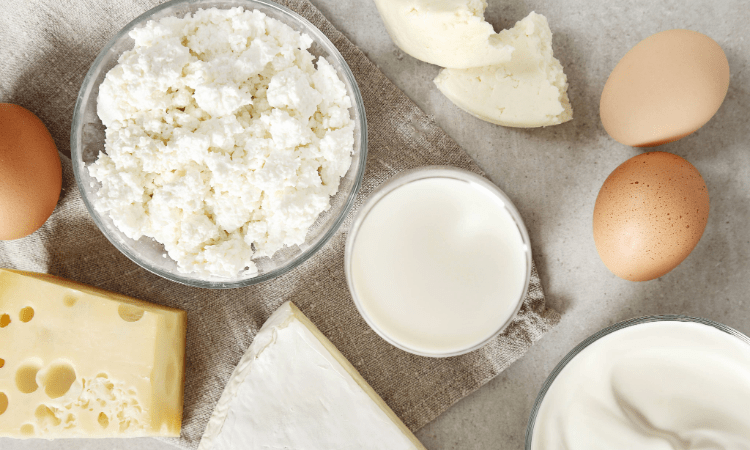
BLOG
KATEGORİDEKİ DİĞER YAZILAR

Amino acid analysis is particularly important for quantifying sulfur-containing amino acids, such as cystine and cysteine, which are present in foods of high nutritional value. These amino acids are essential for biological processes such as protein synthesis, antioxidant activity and cellular detoxification. Therefore, cystine and cysteine are analyzed in food, pharmaceutical and biochemistry laboratories using reliable measurement methods.
Cysteine and cystine are amino acids that contain sulfur in their structure. Cysteine is a sulfur-containing amino acid and shows antioxidant properties. Cysteine molecules are oxidized and cystine is formed when two cysteine molecules are joined by a disulfide bridge. These disulfide bonds increase the stability of proteins by forming strong covalent bonds in the protein structure.
They are usually found in foods with a high protein content. Here are some foods rich in cystine and cysteine:
Cystine and cysteine analysis is performed to assess protein quality, especially in the food industry, to control the amount of amino acids in dietary supplements and to help understand cellular functions in the biomedical field. The importance of analysis can be summarized under the following headings:
Nanolab Laboratories Group continues to provide services within the scope of Cystine and Cysteine Analysis. We also provide services in Protein Determination.
Contact us for more information.
You can follow us on LinkedIn for up-to-date news and posts about our services.
Follow our Instagram account to be informed about our latest blog posts.